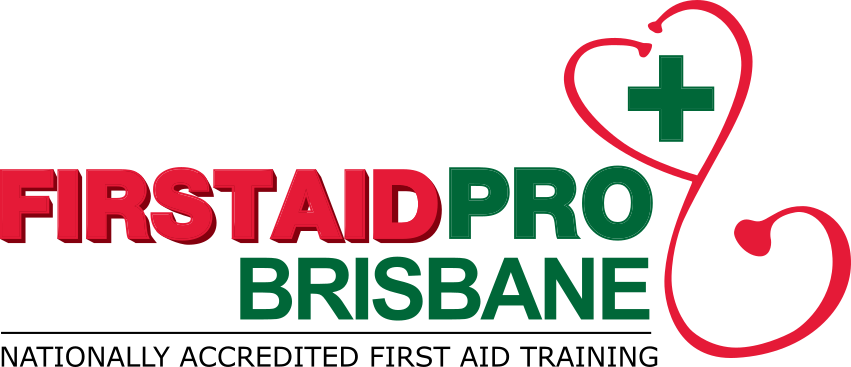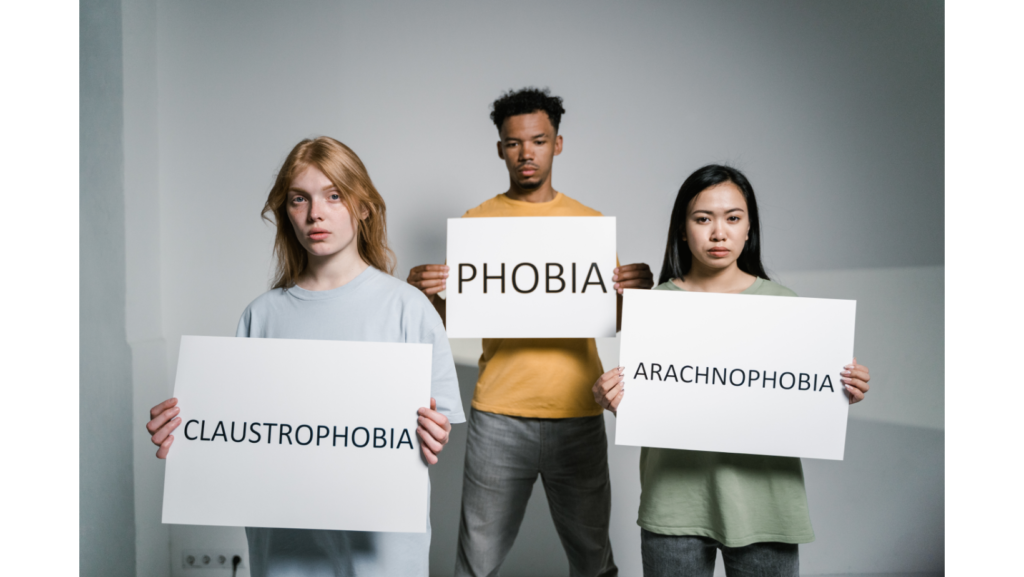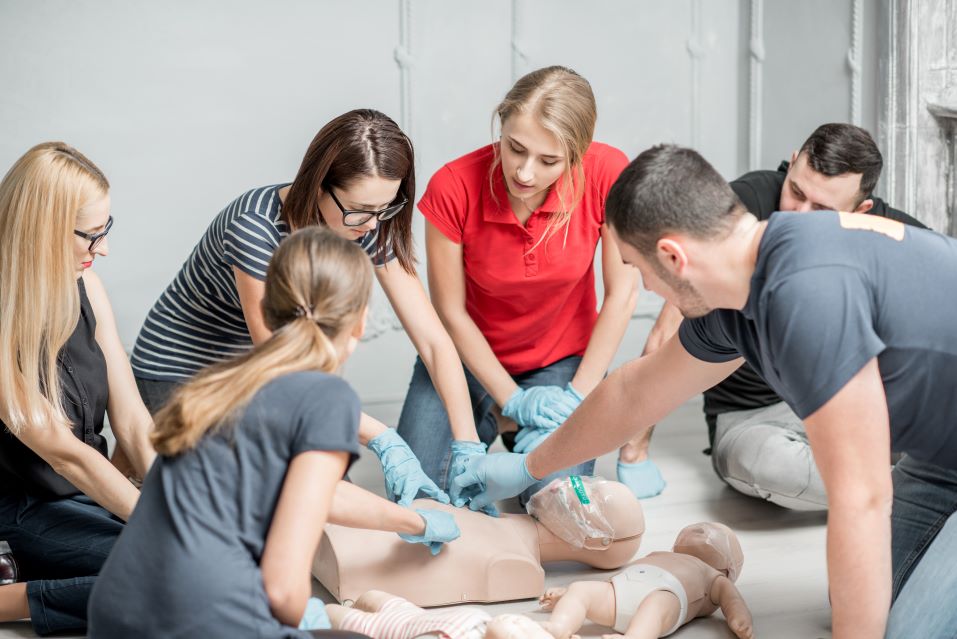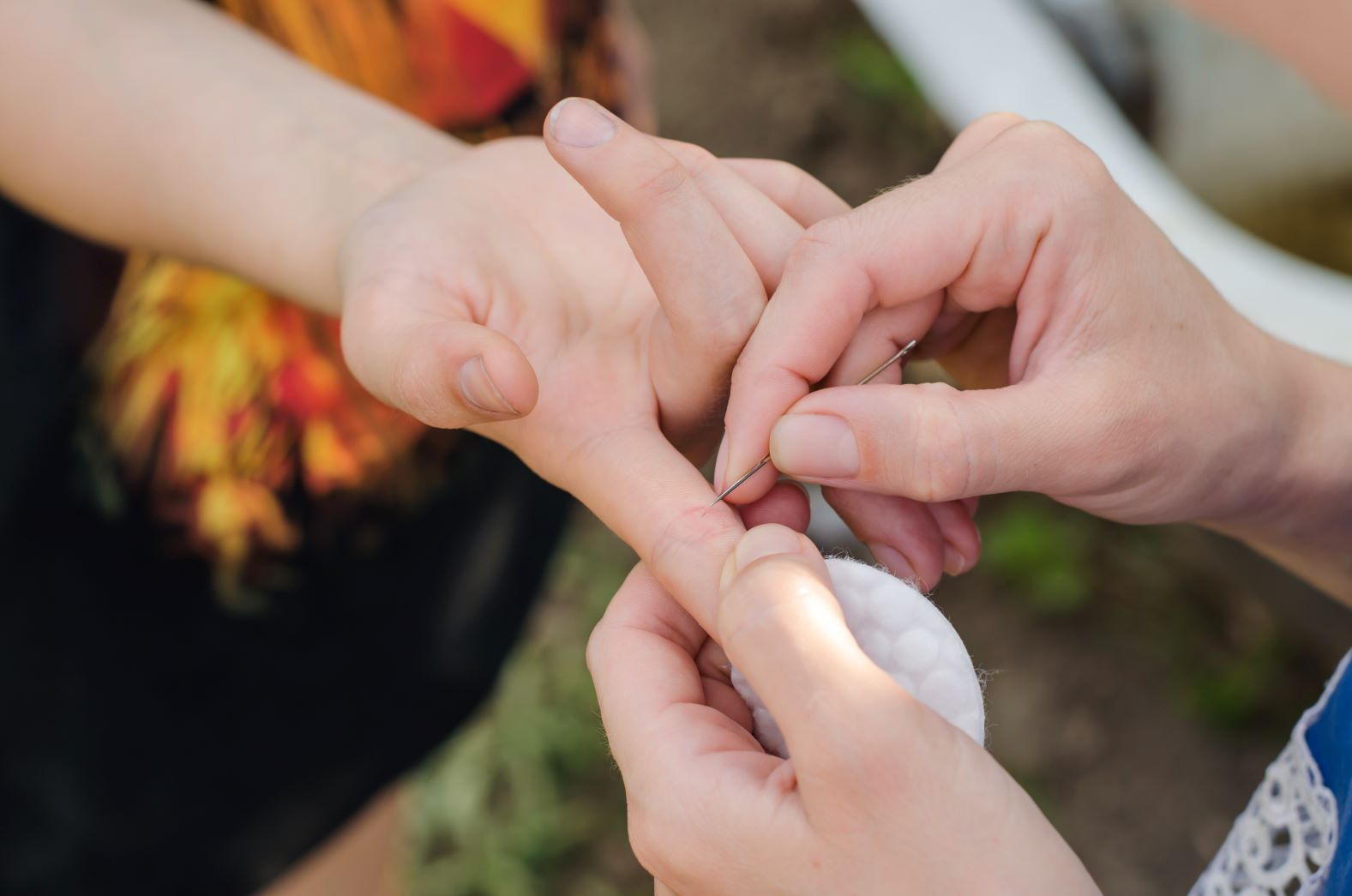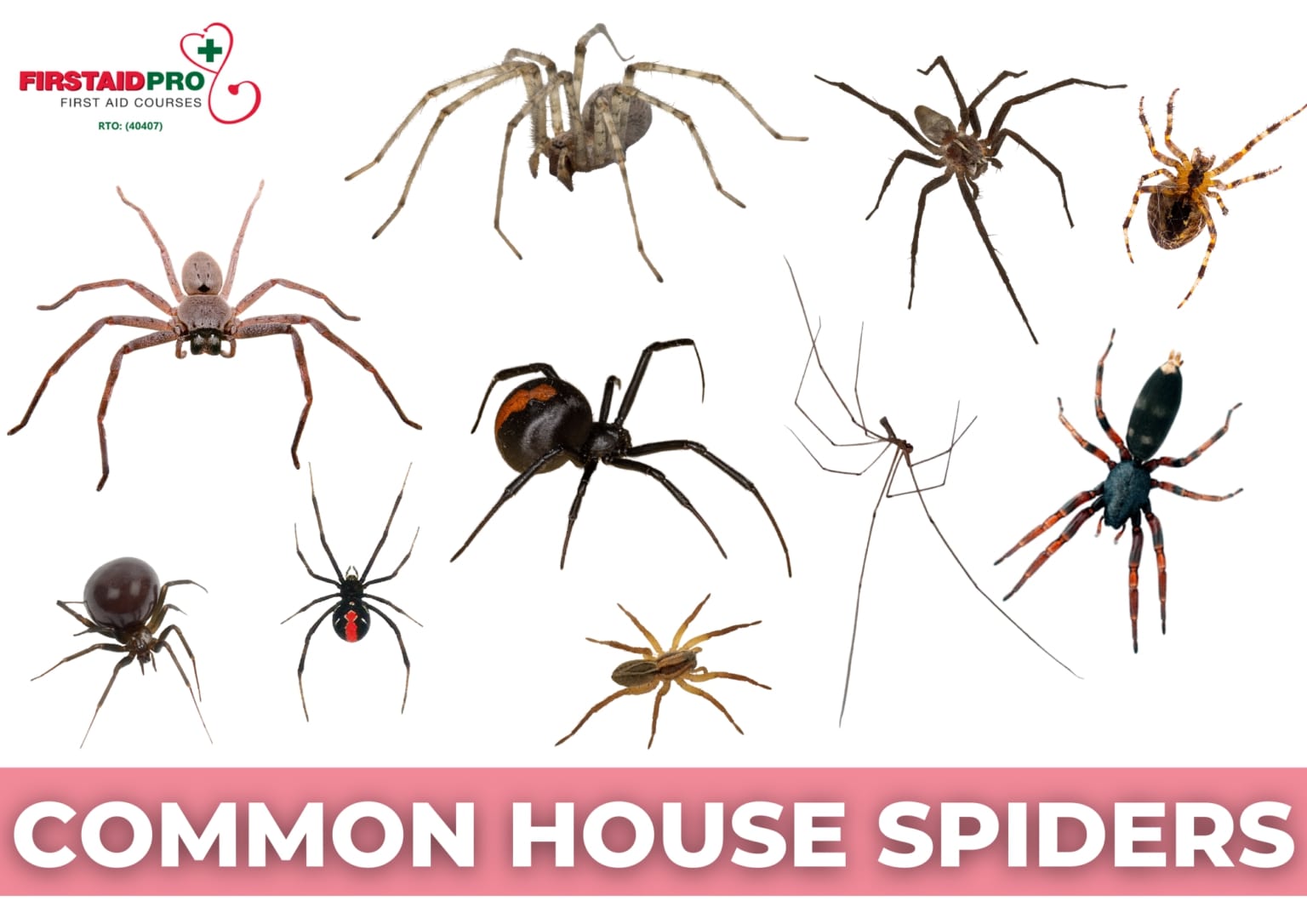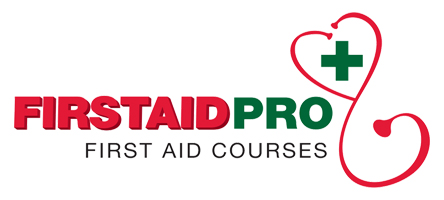The latest research from Federal Health Department suggests that one in every seven Australians will develop a phobia at some point in their lives.
Almost 15% of the entire population have some type of phobia, which typically emerges during childhood and continues into adulthood.
There are several influential theories and current perspectives as to why phobias develop. But whatever the root cause of the phobia, these are treatable conditions where symptoms can be minimized or eliminated through specialised techniques and medications.
Here, we will explore the most common types of phobias.
But First, What Is A Phobia?
A phobia is an intense fear of something that is not real, or poses little or no significant danger – “Phobia” is from the Greek word phobos, meaning “fear”. Exposure to a particular “source” can result in a deep sense of dread and panic to the person.
The source may be a place, situation, or object. People with phobias are sometimes aware that the fear is irrational, but can’t do anything about it.
Unlike general anxiety disorders (GAD), most phobias are connected to some specific trigger. In severe cases, phobia reactions can interfere with work, life, and personal relationships.
It is best to address the root cause, learn how to recognize symptoms, and take action before it’s too late. Do not let fear prevents you from leading a full, happy life.
While there are many different types of phobias, some are more common than others.
9 Common Types Of Phobias
Social Phobia: Fear Of People
Social phobia is a profound fear of public humiliation or having serious concerns about being judged in a social situation.
The idea of large groups and social gatherings may be terrifying for someone with social phobia. Fear of people is not the same as shyness.
Agoraphobia: Fear Of Open Spaces
This is a fear where a person undergoes extreme panic while spending time outside their home or established comfort zones. Agoraphobia also applies in small spaces such as lifts, elevators, or being in public disorder.
Fear of open spaces may be associated with panic disorder and anxiety.
Acrophobia: Fear Of Heights
People with acrophobia try to avoid high places as much as possible. These include mountains, bridges, or buildings with higher floors. Exposure to such can result in vertigo, dizziness, cold sweats, and loss of consciousness.
Necrophobia: Fear Of Death
Necrophobia involves fear of dead things and anything that is associated with it.
The term necrophobia comes from the Greek word Nekros meaning “corpse”.
Arachnophobia: Fear Of Spider
The fear of spiders (or arachnids) is possibly the most well-known phobias in Australia. Estimates put arachnophobia at affecting 5% of the country’s population.
Hemophobia: Fear Of Blood
Fear of blood falls under a specific phobia category, related to injury and injection.
It may be caused by a traumatic accident or illness with negative experience in blood. Hemophobia may be inherited or even rooted in some genetic factors.
Aquaphobia: Fear Of Water
Aquaphobia is an irrational fear of water, whether that’s in oceans, lakes, swimming pools, or even a bathtub. Being in – or even close to – bodies of water can cause a significant amount of anxiety.
Aquaphobia is not similar to hydrophobia. Although both involve water, these are not the same – hydrophobia is a physiological condition associated with the rabies virus.
Mysophobia: Fear Of Germs
A type of phobia that centres on an irrational fear of dirt, germs, or contamination. Symptoms include concerns about food infection and exposure to bodily fluids (of others), and excessive hygiene practices.
Zoophobia: Fear Of Animals
Zoophobia is a fear of animals, generally directed to a specific species. However, there are also instances where a person with this phobia fear many or even all types of animals. If not treated, it can lead to significant stress and reduce quality of life.
Treating Phobias
It is common that people may feel some level of hesitation or nervousness when confronted with a new or intimidating situation. However, it should not result in irrational fear, panic, and other symptoms such as increased heart rate rapid breathing nausea.
If these symptoms occur, the person is likely to be suffering from a phobia. The good news is that most of these conditions are treatable with good self-care and help from a mental health professional.
A key factor in treating phobias is learning to self-help. The more a person can do for themselves, the more control they have. Such practices can go a long way when it comes to minimizing symptoms.
If a phobia triggers a panic attack (generally causing severe anxiety), it is best to seek additional support.
Learn Mental Health First Aid Today
With nearly one in five adults in Australia experiencing phobia or some other mental issue, learning how and when to get help is more vital than ever.
Mental health first aid training is an effective program designed to teach participants important lessons on mental health. The course explains signs of different mental disorders, how to offer initial help, and how to connect sufferers with appropriate professional and health care services.
Participants will also learn about the warning signs of specific types of illnesses, including anxiety, depression, substance use, OCD, bipolar disorder, and more.
Enrol in an MHFA course and raise awareness of existing phobias and mental illness.
